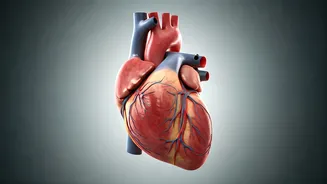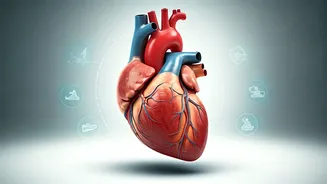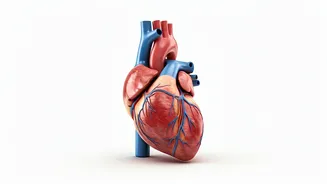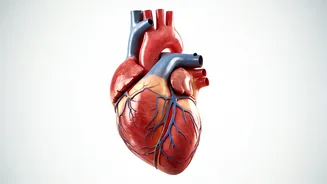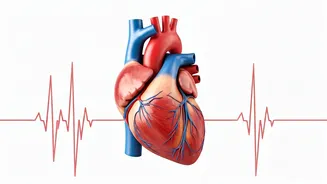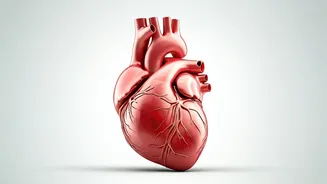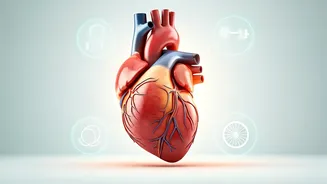Brisk Walking Benefits
Brisk walking is an accessible and effective exercise for maintaining cardiovascular health. This activity is simple to incorporate into daily life, requiring
minimal equipment and no specific skill. Engaging in brisk walking can significantly reduce the risk of heart disease and improve overall physical fitness. To maximize benefits, aim for at least 30 minutes of brisk walking most days of the week, maintaining a pace that slightly elevates your heart rate. Proper posture, including keeping your head up and shoulders relaxed, is crucial. Brisk walking also aids in weight management, strengthens bones, and improves mood. Consistency is key, so make walking a regular part of your routine to reap the rewards of this easily-integrated exercise.
Swimming for Health
Swimming provides a full-body workout that's exceptionally kind to your joints, making it a great option for people of all ages and fitness levels. The buoyancy of water reduces the impact on the body, allowing for a comfortable exercise experience. Regular swimming strengthens the heart and lungs, improves circulation, and enhances muscle tone. It can also assist in weight loss and reduce stress levels. Different strokes, such as freestyle, backstroke, breaststroke, and butterfly, offer varied levels of challenge and target different muscle groups. Incorporating swimming into your exercise plan is a fantastic way to enjoy a low-impact activity while gaining significant health advantages. Find a local pool and start enjoying the revitalizing effects of this aquatic workout.
Cycling for Cardiovascular
Cycling, whether outdoors or on a stationary bike, provides an excellent cardiovascular workout, benefiting both the heart and lungs. It is a low-impact activity that is suitable for individuals of various fitness levels, reducing strain on the joints. Riding a bicycle increases stamina, strengthens leg muscles, and improves overall endurance. For outdoor cycling, remember to adhere to safety measures like wearing a helmet and being aware of traffic. Stationary cycling provides a controlled environment where you can easily regulate the intensity and duration of your workout. Cycling helps to burn calories, manage weight, and improve mood. Regular cycling sessions contribute significantly to maintaining heart health and boosting overall well-being.
Yoga's Heart Benefits
Yoga offers more than flexibility; it's a holistic practice that also enhances cardiovascular health. Certain yoga poses and sequences help improve blood circulation, lower blood pressure, and reduce stress. Yoga's focus on deep breathing techniques, or pranayama, promotes relaxation and lowers heart rate, contributing to a calmer, more resilient cardiovascular system. Various yoga styles are available, so you can find a class that fits your fitness level and preferences. Regular practice improves muscle strength and balance, and reduces anxiety and depression. Including yoga in your weekly routine can be a gentle yet powerful way to support heart health and enhance your overall sense of well-being. Consider exploring different styles of yoga, like Hatha, Vinyasa, or Iyengar, to discover which best suits your needs.
Tai Chi for Wellness
Tai Chi, an ancient Chinese practice, combines gentle movements, deep breathing, and mental focus, resulting in a gentle yet potent workout. This low-impact exercise enhances balance, coordination, and flexibility, while improving cardiovascular health. Tai Chi promotes relaxation, reduces stress, and lowers blood pressure. It is suitable for people of all ages and fitness levels, and it can be practiced indoors or outdoors. The slow, flowing movements enhance the body's natural energy flow, or qi, promoting a sense of well-being. Tai Chi also improves mental focus and concentration, making it a great exercise for both the body and the mind. Incorporating Tai Chi into your routine can be an effective way to improve your heart health and foster a sense of inner peace.
Dancing into Fitness
Dancing is a fun, engaging way to improve your cardiovascular fitness, and it is a fantastic way to burn calories while having a good time. Whether you prefer ballroom, salsa, or Zumba, dancing boosts your heart rate and strengthens your heart and lungs. It also enhances coordination, balance, and flexibility, while being a great mood booster. Different dance styles offer different levels of intensity, so you can choose what suits your fitness level and preferences. Dancing provides a full-body workout, working multiple muscle groups simultaneously. Joining a dance class or dancing at home can add enjoyment and variety to your exercise routine. Regular dancing can contribute significantly to heart health, improved fitness, and overall happiness.
Strength Training Benefits
Strength training, using light weights or bodyweight exercises, is vital for maintaining good heart health. It improves muscle strength and endurance, which can support the heart by enhancing metabolism and promoting healthy weight management. Strength training helps to build lean muscle mass, which helps burn more calories at rest, aiding in weight control and reducing the strain on the heart. It also helps to strengthen bones and improve posture. Start with exercises like squats, push-ups, and lunges, gradually increasing the intensity as your fitness improves. Aim to incorporate strength training at least two to three times per week, allowing for rest days in between. Regular strength training contributes to a healthier heart, increased metabolism, and enhanced overall physical well-being.



